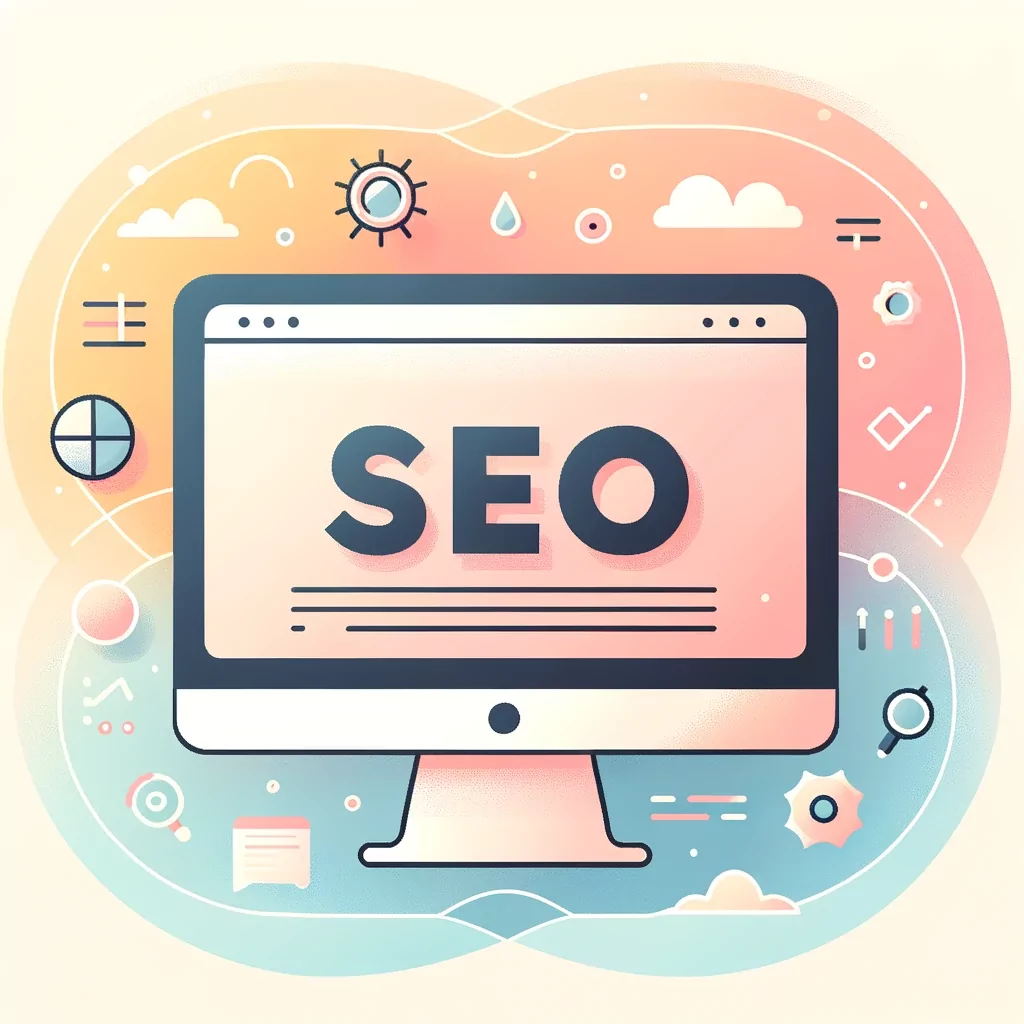In the ever-evolving e-commerce landscape, keeping your online store up-to-date is essential. If you’re considering migrating your online business to Shopify, you’re on the right track to success. However, to retain your SEO edge during the migration process, there are critical steps to follow. Let’s dive into the Shopify migration journey and how you can ensure your SEO doesn’t take a hit. Let’s investigate some Shopify Migration SEO strategies.t
Why Migrate to Shopify?
Seamless Transition
When making the move to Shopify, you’re choosing a platform known for its user-friendliness and powerful SEO capabilities. The platform offers a seamless transition, allowing you to import your existing website’s content effortlessly. This ensures that your valuable SEO efforts and content won’t be lost in the process.
Mobile Optimization
In today’s mobile-centric world, having a mobile-friendly website is non-negotiable. Shopify is designed with mobile optimization in mind, giving you a competitive advantage in search engine rankings. This means better visibility for your site, leading to increased traffic and conversions.
Pre-Migration SEO Checklist
Keyword Research
Before diving into migration, conduct comprehensive keyword research. Identify the keywords that have been driving traffic to your current site. This step is crucial in ensuring that you continue to target the right keywords after migrating to Shopify.
Redirects and Broken Links
Implement 301 redirects for your old URLs to the new ones on Shopify. This prevents users and search engines from encountering broken links, maintaining your website’s integrity and SEO rankings.
Content Optimization
Review and optimize your content for SEO. Ensure that meta titles, descriptions, and alt tags are in place for all your products and pages. Shopify makes it easy to customize these elements, helping you maintain your SEO edge.
During Migration SEO Strategy
Monitor Indexation
Keep a close eye on how Google is indexing your new Shopify site. Use Google Search Console to check for any indexing issues and address them promptly. This will help maintain your search engine visibility.
Update Sitemaps
Submit an updated sitemap to Google after migration. This will help search engines discover your new pages and understand the structure of your site, ultimately benefiting your SEO efforts.
Post-Migration SEO Checklist
Quality Assurance
Perform thorough quality assurance testing on your new Shopify site. Check for any broken links, missing images, or formatting issues that could negatively impact the user experience and SEO.
Page Speed Optimization
Ensure that your Shopify site loads quickly. Among other tools, page speed is a ranking factor, and a fast-loading site not only improves user experience but also boosts your SEO performance.
In conclusion, migrating to Shopify doesn’t mean sacrificing your hard-earned SEO rankings. By following these steps and staying vigilant throughout the process, you can ensure a smooth transition and retain your SEO edge. Remember, maintaining your SEO requires ongoing effort and adaptation, so stay informed about the latest trends and SEO best practices.
That’s it for our guide on retaining your SEO edge during the Shopify migration journey. If you found this article helpful, be sure to explore our latest blog posts for more valuable insights into e-commerce and SEO strategies. Happy migrating!


